Hi everybody! Today we’re talking about a key ingredient in our do-it-yourself formulations! Waxes!!! Waxes in DIY cosmetics are ingredients that cannot be missing. Click here to learn more about the other ingredients you should have to start creating DIY beauty products. Waxes are widely used in lip balms but also in skin creams or ointments.
affiliate disclosure: this post contains affiliate links about products that I tried and recommend. By clicking through them and making a purchase, I may receive a small commission WITHOUT any additional cost to you.
Gabi
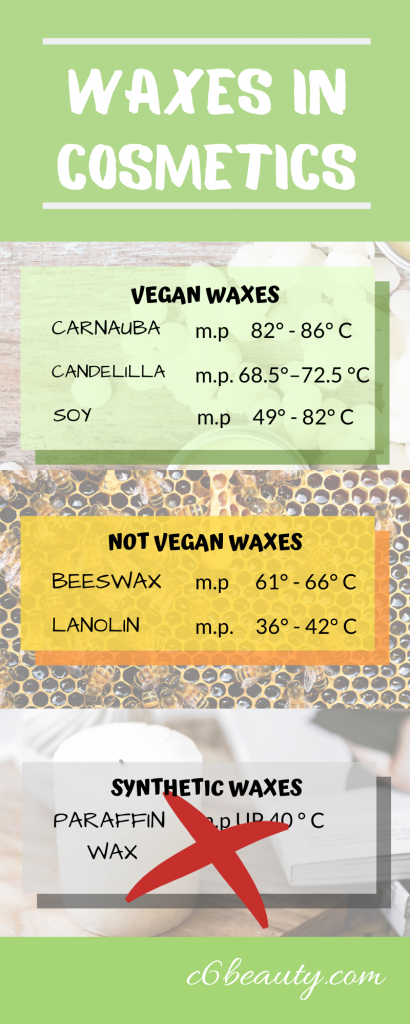
What are waxes?
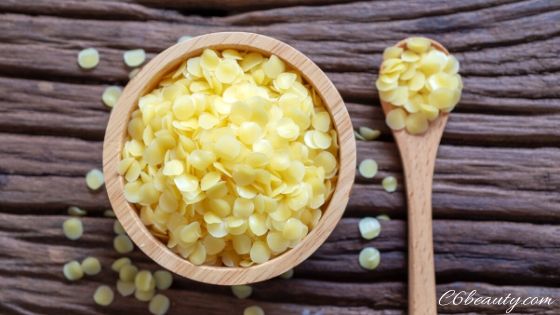
The chemist in me forces me to tell you that waxes are esters of carboxylic acids and alcohols, insoluble in water. If you, too, have a chemical soul like me who wants more information, I leave here a link. But back to us.
Waxes in cosmetics are used in many formulations. Their wide use is related to the benefits they provide to the final product. Waxes increase the viscosity of the product, improve its consistency and stability. These properties are due to their intrinsic characteristic: their high melting point.
Waxes, in fact, have a melting point that in most cases is above 50°C. This allows the final product, a clear example are the lip balms, not to liquefy on particularly hot and sultry days. The right mix of waxes will give consistency to our final product guaranteeing its stability.
Waxes uses in cosmetics
Depending on their origin, waxes can be classified into
- animal origin
- vegetable origin
- synthetic ones
Natural waxes for cosmetics
Waxes of animal origin
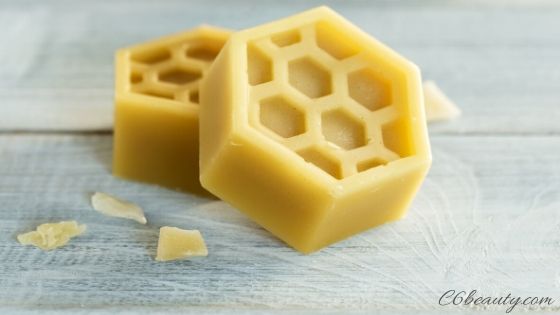
Beeswax
Among the waxes of animal origin, we find beeswax (Cera Alba) and Lanolin. The first, the most famous is produced by bees. It was one of the first waxes to be used in cosmetic products. The first cosmetic formulation involved the use of beeswax with water and olive oil to create an ointment. Beeswax has emollient and protective properties and exerts these functions by creating an impermeable layer on the skin. This protection avoids excessive water loss from the skin and prevents it from drying out. It is also often used for the preparation of scented candles. (You can buy it here)
Lanolin
Lanolin is obtained from the sebum of sheep’s wool and is an excellent emulsifier in creams and ointments thanks to its ability to absorb water. note: keep the lanolin in a dry place otherwise you will find it no longer as a fine powder but as a single solid and hard piece. (You can buy it here)
Waxes of vegetable origin
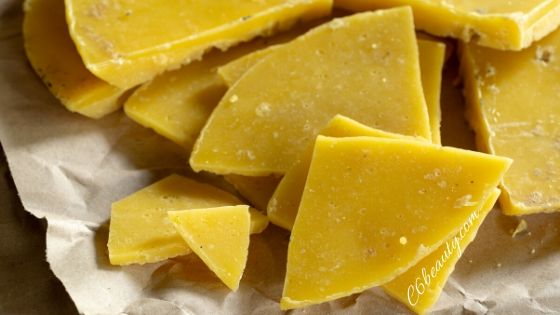
Vegan alternatives to animal waxes are Carnauba wax, Candelilla wax and soya wax. These are some examples of waxes that I have used and that I recommend.
Carnauba wax
I love to use Carnauba wax (Copernicia prunifera), especially in lip balms. Its high melting point of about 86°C ensures that the final product remains solid and does not liquefy during extremely hot days. (You can buy it here)
Candelilla wax
This wax has a lower melting point compared to Carnauba wax and it’s almost comparable to beeswax. That’s why it can be used instead of beeswax to create your own do-it-yourself Vegan recipes. (You can buy it here)
Soy wax
Unlike the previous two waxes, soy wax is my favorite to make scented candles. It is a vegan alternative to candles that use beeswax. Furthermore, candles based on soy wax are absolutely non-toxic, unlike paraffin-based. (You can buy it here).
If you are curious about, how to make soy candles, look here! I made candles with orange and cinnamon.
NOT-natural waxes for cosmetics
Synthetic waxes
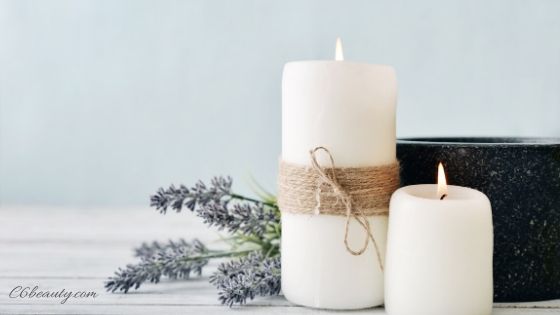
Synthetic waxes are derived from petroleum processing. Their function is to create a protective film avoiding dehydration of the skin. Obviously the search for natural products and the use of ingredients not derived from petroleum should encourage you to avoid the use of synthetic waxes in do-it-yourself products.
Considerations
These are just a few waxes that I have used in some of my products and that I would recommend. I am ready to test new waxes and formulate new recipes! And what waxes would you recommend me to try?
Hey, don’t miss my FREE natural skincare challenge! Grab it now!!
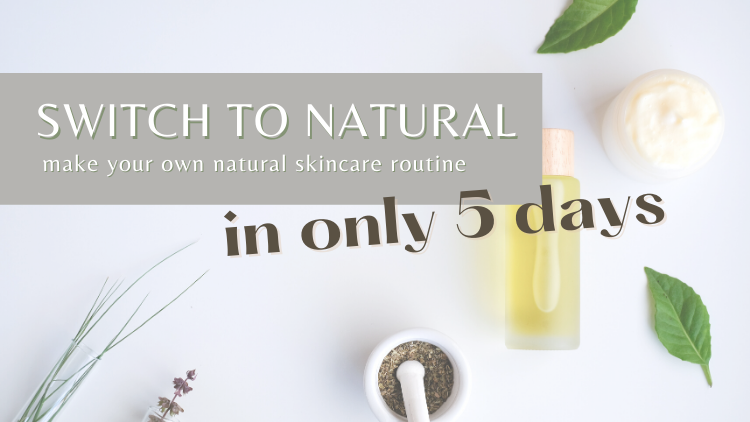


This is quite interesting. I never payed attention to the different wax. I recently read that burning candles in your home wasn’t good for your health because of the parrafin wax. I love the smell of candles , but to make my home atmosphere a better place I was going to turn to a safer alternative, essential oils. Thank goodness I came across your post because now I just need to focus on buying candles without parrafin. Yay!
Amazing blog post. I actually was thinking of an alternative to beeswax the other day, as I noticed that when beeswax started to turn it gives off a very weird smell. Which vegan-friendly types have you tried and which one would you recommend?
Such an interesting article! I never knew there were so many different kinds x
I had no idea there were so many different waxes. I knew about soy and beeswax but not the others. Thank you for the information!
a vegan alternative is candelilla wax which has properties similar to beeswax. However I’m testing a new one – the Japanese wax – I’ll soon write my opinions in a post:) stay tuned 🙂
right! better avoid those one! glad that you came across my post :*